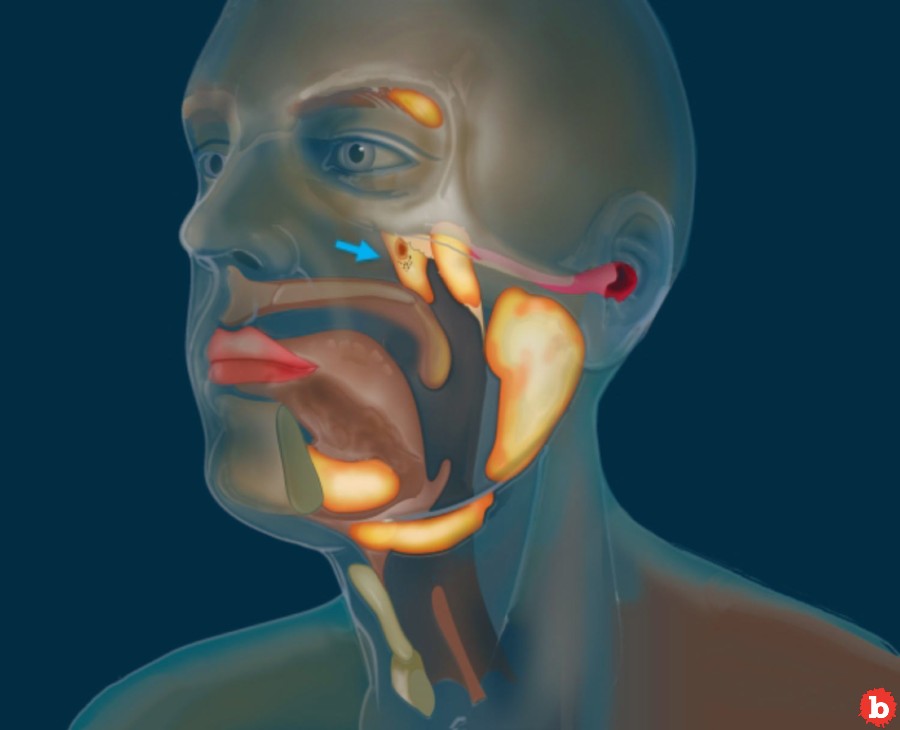CANCER SCIENTISTS DISCOVER ENTIRELY NEW HUMAN ORGANS COMPLETELY BY ACCIDENT
Well, this one is a surprise. I get it when there is a new discovery of something never seen before on the bottom of the ocean. That will keep happening for years to come. I’m also not surprised at a new ancient Egyptian tomb, or Nordic sword in a grave, or a new species of animal in the Amazon that’s about to become extinct. But what does surprise me is when I hear that scientists just discovered new human organs. As in, we all have organs, in our bodies, that we never knew about before. I can’t imagine that we will be hearing that too often, or ever again.
Read More: Woman Who Never Got Surgery Gets $1,100 Medical Bill, Sent to Collection
NEW HUMAN ORGANS ARE IN YOUR FACE, AND THE DISCOVERY WILL CHANGE TEXTBOOKS, TREATMENTS
And no, this isn’t a joke at all! Sure, people are scanned by MRI machines and are cut open every day, millions of times. But it turns out that all of that imagery and direct line of sight investigation couldn’t ever show us the new human organs. And even more shocking? These new human organs are in my face, your face, everyone’s faces. And, they were discovered completely by accident! Scientists conducting cancer research this year accidentally discovered the “tubarial glands” at the Netherlands Cancer Institute in Amsterdam. They were focusing, no pun intended, on cancers that occur in the head and neck.
Related:
NHL Fan Saves Canucks Equipment Manager’s Life With Cancer Warning
GLOWING RADIOACTIVE GLUCOSE MADE NEW HUMAN ORGANS APPEAR IN 100 STUDY PATIENTS
The patients they were working with had been injected with radioactive glucose, which glowed tumors brightly during scans. But the study’s oncologists were flummoxed when they saw that all 100 of the patients had two areas in their heads light up repeatedly and unexpectedly. So then they had to figure out just what it was they were seeing, as they weren’t in any anatomy textbook. Well, not until next year, anyway. But they realized that they had discovered a totally new (to us) human organs, a set of salivary glands in the back of the nasopharynx. And if you don’t remember your high school anatomy class, that’s the upper part of the throat behind the nose.
As the discoverers of an entirely new human organs, the team named the new pair “tubarial glands.”






